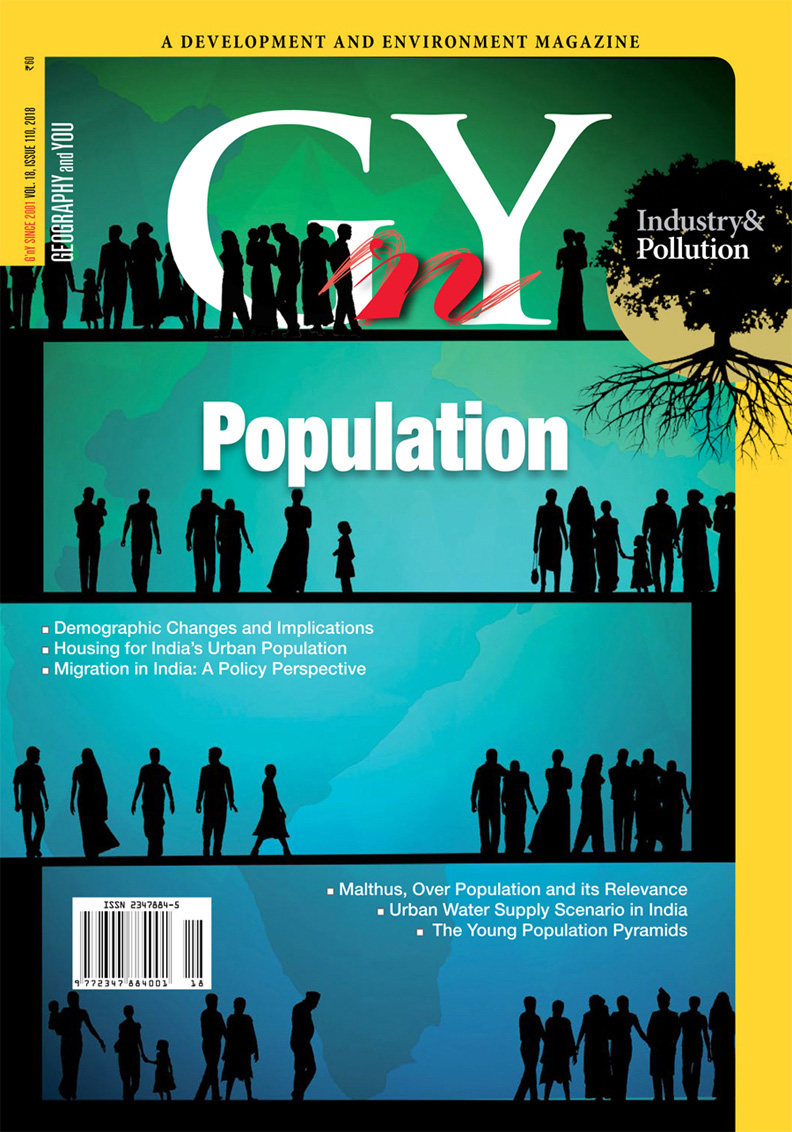
Inside this issue
Population Review
In recent years the focus on population control has shifted to other critical issues such as demographic dividend, which not only provides greater opportunities, but also throws up several challenges.
Population becomes a cause for prosperity if humans utilise their capacity to think, research and create. When equipped with the right resources and opportunities, humans act as a catalyst for their own growth and development.
Migration has hardly been recognised as that which shapes social structures, cultures and history. Economic aspects and labour market discourse pervade migration studies as opposed to its roots in social theories.
Urban India
India has witnessed a constant surge in the numbers of its urban population. Cities provide endless opportunities to citizens, but to make full use of them, providing equitable housing is imperative.
The Smart City Mission, despite the support from various ministries is lacking in several goals including pro-poor approach in addressing several issues including access to basic amenities.
The demand for water is likely to rise as urbanisation increases in India. As the challenges of access to safe drinking water and improvement of services arise, a combination of short and long-term solutions will be required.
Concept Counter
Thomas Robert Malthus was widely criticised for his theory on the incongruent growth of world population and the food supply. Yet, the theory proved to be instrumental for preventive checks across the world.
A population pyramid illustrates distribution of different age-groups in a population of a country, region or the world. We bring to you the age-sex structure of select countries that are similar to India with a large youthful society.
IN CONVERSATION WITH
Eric Solheim, Executive Director of the United Nations Environment Programme (UNEP) speaks with G’nY on the menace of plastic pollution and measures India can take to curb it.
The State alone can keep industries in check and pre-empt, prevent and mitigate harm to environment. The past decades however have been witness to the State itself being a part of the very activities it is supposed to restrict.
In brief
Plentiful is prosperity. Isn’t that what is commonly understood? Then why is large population a negative? So many helping hands, forging a golden future with young, creative, innovative minds at the helm, should just be a cake walk. Only it isn’t. India’s Human Development Index published in 2
